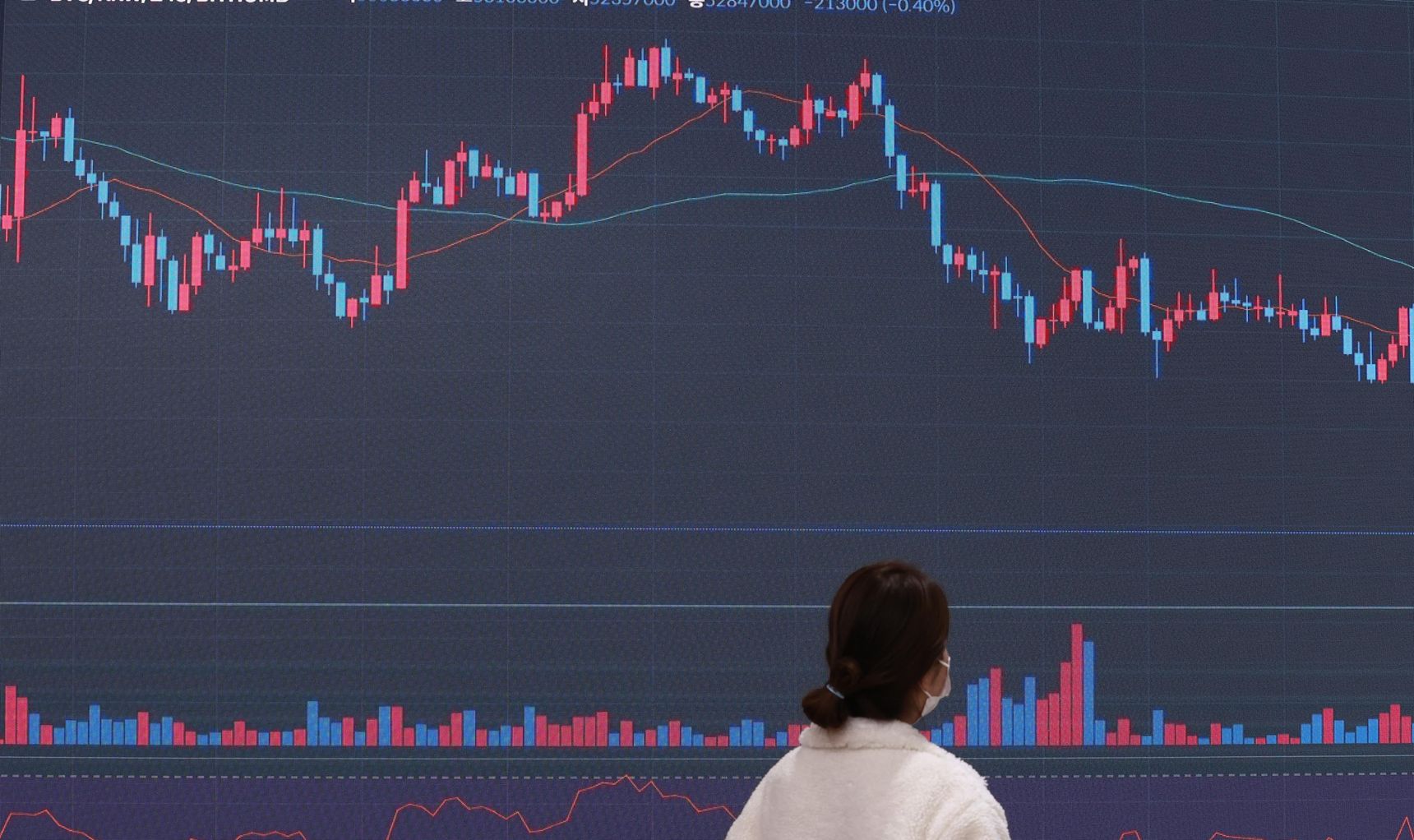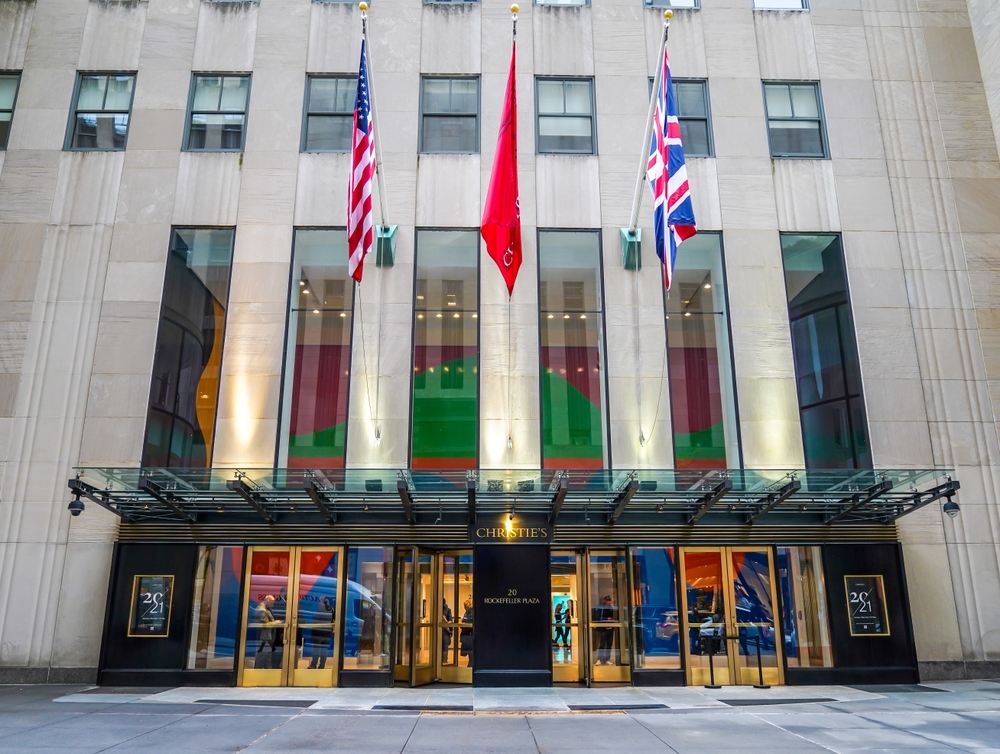The Fire Burning Beneath Crypto’s Meltdown
The cryptocurrency implosion followed rampant creation of new digital money, something that never ended well in the traditional world.
One of the simplest lessons of stock market history is that innovations often lead to bubbles and busts, from new tulip bulbs through canals and railways to the internet. Less well understood is that financial innovations count for double, as new tools expand the supply of what looks like money, allowing the bubble to grow larger—and the bust to be even more serious.
The cryptocurrency implosion currently underway followed rampant creation of new digital money, something that never ended well in the traditional world either.
The question for crypto enthusiasts is which lesson they should take from history. Are bitcoin and other crypto tokens crashing because of the usual excesses that accompany advances in finance? Or do they have the sort of fundamental flaws that will see them join cowrie shells and Sweden’s 20 kg copper coin as historical relics? I lean toward the latter.
Start with the positive view, such as it is. There was a massive bubble in bitcoin and crypto in general as speculators piled in with the hope of getting rich. It was accentuated by a failure to learn lessons from history, as decentralised finance (defi) reinvented many of the problems of excessive leverage and liquidity mismatches that have bedevilled traditional finance for hundreds of years.
So much, so normal. Pile on too much leverage, use short-term borrowing to finance longer-term lending, and disaster eventually results.
Crypto supporters point to previous “crypto winters” that eventually came good again, and say prices will recover. But this blowout and bust is different, because of defi.
In the booms and busts of the past decade crypto prices were pushed up and fell back down based on the level of interest, rather like Pokémon cards or Beanie Babies.
Defi changed everything, by creating a parallel crypto banking system—without any of the limits or safety nets that have been introduced in the real world in response to past busts. Only now are we starting to find out some of the problems, as brokers and lenders freeze withdrawals, multibillion-dollar “stablecoins” designed to hold a fixed value vanish, and wild leverage leads to widespread forced selling.
At the very minimum this suggests the new crypto winter will be worse than the last few. Defi speeded the bubble’s expansion, and now it is accelerating the deflation.
The irony in all this is that part of the original appeal of crypto was the cap on how many bitcoin can ever exist, something supposed to prevent the sort of unlimited money creation that worries many critics of government-issued, or “fiat,” currencies. Rather than unlimited creation of bitcoin, crypto ended up with unlimited proliferation of new tokens. The new structures of intermediaries and defi tools allowed even bitcoin to be reused or lent on, meaning multiple people thought they owned the same token. Lender Celsius Network is an extreme example: Those who deposited bitcoin and other tokens there were promised high interest rates, but have been unable to get their coins—which Celsius lent out—back.
In the 19th century, the Bank of England discovered that the private spread of bills of exchange could overcome limits on official money-printing set by the backing of gold. Crypto owners are finding something similar, as monetary innovation got round their favourite claim, that the value of their bitcoin was underpinned by its protection from debasement.
The biggest booms and busts in monetary history led to the total destruction of currencies, and that’s already happening to some of the flakier cryptocurrencies.
The hope for crypto is that the speculators who used too much borrowed money are cleared out, the proliferation of tokens is pared back, prices reset lower and the core cryptocurrencies can continue with their grand monetary experiment. Sure, they’re worth less, but survive.
The trouble is that crypto’s problems run deep. Bitcoin started in the hope that it would act as the equivalent of online notes and coins, offering sellers the security of knowing that a transaction couldn’t be reversed, unlike credit and debit cards. It failed to take off as a medium of exchange, as it is clunky and costly to use. Other cryptocurrencies are somewhat more practical for transactions, but all suffer from a core problem: The more they are used, the more expensive transactions become as a way to regulate capacity on the network. Like Uber, Bitcoin has surge pricing built in.
“In a way congestion is a feature, not a bug,” says Hyun Song Shin, economic adviser and head of research at the Bank for International Settlements in Basel. For normal currencies “network effects mean the more the merrier, but crypto achieves exactly the opposite, the more the sorrier.”
The BIS on Tuesday laid out a program for taking the best parts of crypto and using them in digital dollars, pounds or other currencies that could be issued electronically by central banks.
The other trouble with crypto: bitcoin advocates tried to overcome the cryptocurrency’s lack of use as a currency by rebranding it as “digital gold.”
The appeal of gold today is that it acts as a haven in bad times, and typically acts as a partial hedge against inflation. Bitcoin holders have discovered that not only is it not a hedge against inflation, it isn’t a haven either. Its price tends to move in line with risky assets, not safe ones. The gold price is up 4% in the past 12 months as inflation has soared, against a fall of 12% in the S&P 500 and a 43% loss for bitcoin. Digital, sure. Gold, not so much.
None of this means bitcoin or its cousins are definitely doomed. If people keep buying into the story of digital gold despite the evidence, it might thrive. If there’s a new burst of speculative hysteria, its volatility makes it attractive to gamblers. Or its supporters, desperate to find some value in the long strings of numbers they paid so much for, might come up with a new spin to tempt buyers back.
But in the long run, crypto’s best hope of survival is to come up with some useful function in the real world. That will require another round of innovation, and there’s no reason to think it will be the existing cryptocurrencies, let alone bitcoin, that will be the winners.
Reprinted by permission of The Wall Street Journal, Copyright 2021 Dow Jones & Company. Inc. All Rights Reserved Worldwide. Original date of publication: June 22, 2022.
 Copyright 2020, Dow Jones & Company, Inc. All Rights Reserved Worldwide. LEARN MORE
Copyright 2020, Dow Jones & Company, Inc. All Rights Reserved Worldwide. LEARN MORE
This stylish family home combines a classic palette and finishes with a flexible floorplan
Just 55 minutes from Sydney, make this your creative getaway located in the majestic Hawkesbury region.
A new report on the impact of cost of living pressures reveals a stark contrast between age groups in investment strategies
Four in five Australians say they have changed their investment and savings goals over the past 12 months, with 44 percent doing so primarily to make ends meet during the cost–of–living crisis. A further 25 percent say they’ve switched strategies to protect their wealth against inflation, according to a new survey by financial advisory firm, Findex.
The Superannuation and Retirement Insights report shows Australians have also changed their goals to grow their wealth (31 percent), to create a regular income stream (29 percent) and to reduce taxes (17 percent). Transferring wealth to their children or other family members has motivated 10 percent of Australians to alter their investment plans, which is likely reflective of the increasing role played by the Bank of Mum and Dad in young people’s first home purchases.
The report found that traditional investment avenues, such as property and superannuation, remain the most popular choices, with more than eight out of 10 survey respondents ranking these asset classes highly. But there is also an increasing inclination towards investments that offer the potential for quicker returns, additional perceived safety, and better liquidity or accessibility to funds.
Eighty percent of survey respondents also nominated bank savings as among their top five investment choices right now, followed by shares (66 percent) and cash (51 percent).
“This shift reflects a broader strategy to mitigate current financial uncertainties, balancing the pursuit of long-term wealth accumulation with the need for immediate financial security,” the report says.
While superannuation is considered a cornerstone investment for retirement and long-term wealth accumulation, 85 percent of Australians are exploring investments outside superannuation. The most common investments outside super are bank savings (64 percent), property (38 percent), cash (35 percent) and shares (34 percent).
However, when the data is broken down by generation, stark differences are revealed in how each age cohort chooses to invest their spare income and why.
Most popular investments outsider super and the motivations to invest by generation
Baby Boomers (born 1965-1964)
Outside superannuation, Baby Boomers prefer to invest in bank savings (60 percent), property (50 percent) and shares (46 percent).
By far, their primary motivation for investing is planning for retirement (80 percent). They also want to build wealth (51 percent) and support their children or other family members (25 percent). Other motivations include preserving wealth to beat inflation (22 percent) and paying off a mortgage or other debt (20 percent). They are the least likely generation to be saving for an investment property.
Gen Xers (born 1965–1980)
Gex Xers prefer to invest in bank savings (57 percent), property (43 percent) and shares (36 percent).
They are motivated to invest for retirement (66 percent), to build wealth (50 percent), to save for emergencies (36 percent), and to pay off a mortgage or other debt (30 percent). Interestingly, Gen X is the generation most concerned with supporting their children or family members (33 percent). This may be because Gen Xers have grown up during Australia’s long-standing property boom that began in the late 1990s and continues today.
Millennials (born 1981-1996)
Millennials have the strongest interest in bank savings as an investment avenue (70 percent), followed by property at 41 percent. They also like cash (35 percent) and shares (33 percent). Millennials have the highest uptake of exchange-traded funds (ETFs) at 21 percent. ETFs are a relatively new type of asset class, with the first ones trading on the ASX in 2001. ETFs are a basket of shares that can be purchased in a single transaction for instant diversification. Millennials are also the generation most interested in cryptocurrencies, with 22 percent invested.
Their biggest motivations for investing are to build wealth (55 percent), save for emergencies (50 percent) and plan for retirement (49 percent). They also want to support their kids (32 percent) and pay off their mortgage (32 percent). Millennials are the generation most likely to be saving for an investment property (28 percent) rather than a first home (17 percent).
Gen Zs (born 1997-2009)
Gen Zs spread their money across more asset classes than their elders. They like investing in bank savings (66 percent), cash (42 percent), shares (22 percent), ETFs (17 percent), property (14 percent) and cryptocurrencies (13 percent).
While Gen Zs are the youngest age cohort within the survey, they also have long-term goals just like their elders. The biggest motivation to invest among Gen Zs is to build wealth (52 percent). More Gen Zs are saving for a first home than any other generation, with 42 percent pursuing this goal. They are also the generation most concerned with preserving wealth to beat inflation (29 percent). Gen Zs also want short-term security, with 46 percent saving for emergencies. They’re also the generation most likely to be saving for other major purchases like a car or holiday (41 percent) and investing just for enjoyment (26 percent).
Consumers are going to gravitate toward applications powered by the buzzy new technology, analyst Michael Wolf predicts
Just 55 minutes from Sydney, make this your creative getaway located in the majestic Hawkesbury region.























